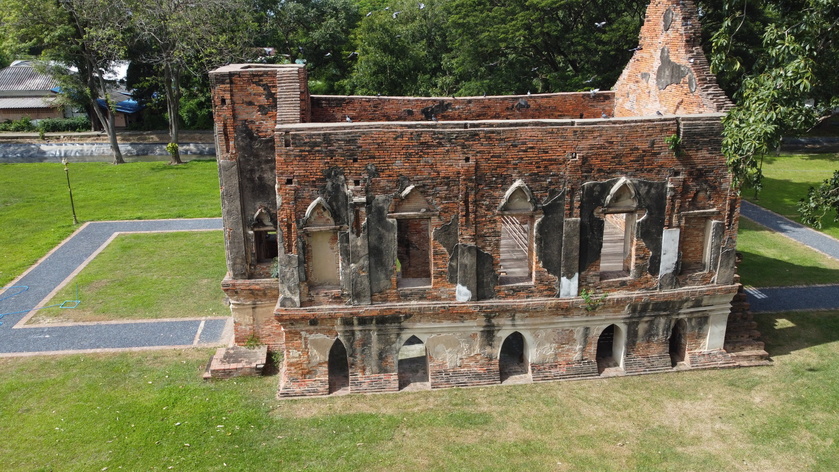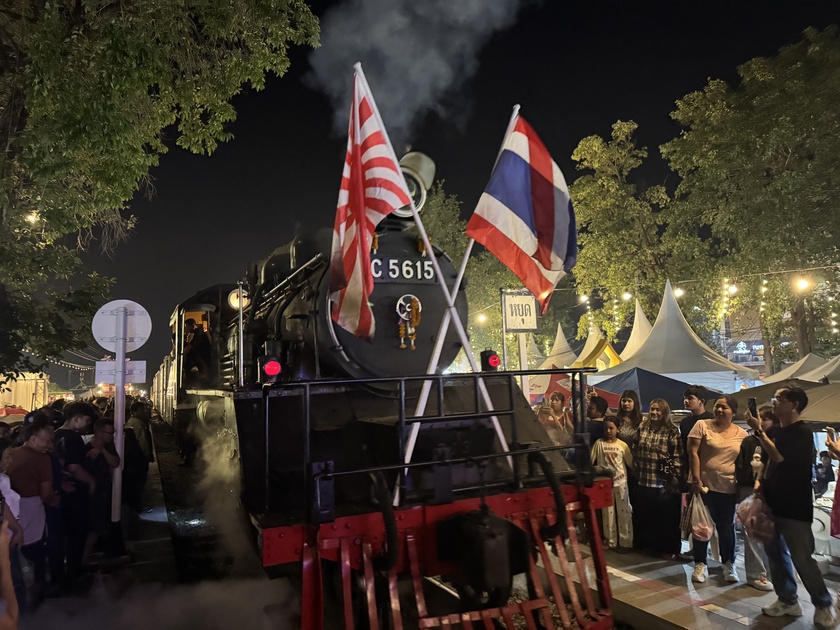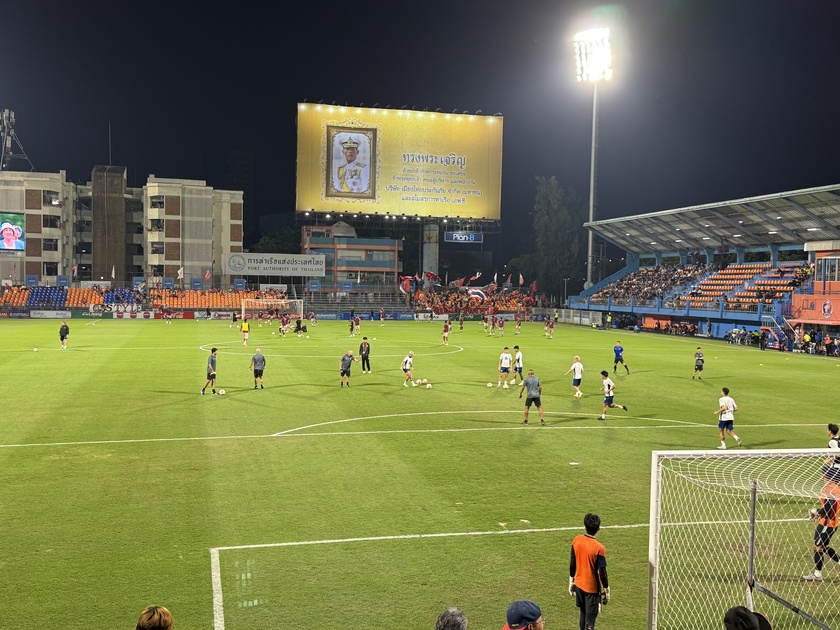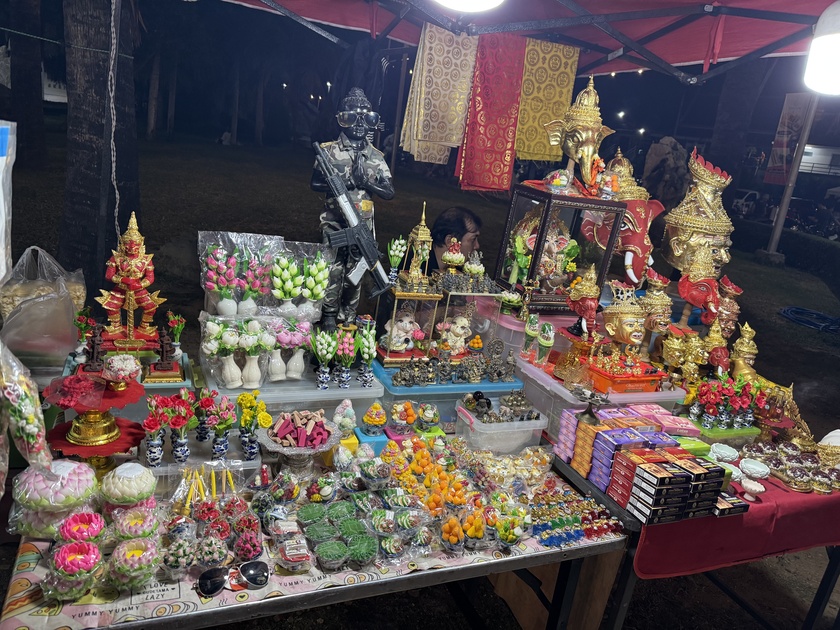Kham Yat Palace พระตำหนักคำหยาด is a historic royal pavilion and ancient monument located in the central region of Thailand, within the grounds of the abandoned Wat Pho Thong temple in Ang Thong Province.
This site is a lesser-known gem for history enthusiasts, offering a glimpse into the Ayutthaya Kingdom’s architectural and royal legacy, and it’s recognized as a key tourist attraction in Ang Thong.
Built during the reign of King Borommakot (the 32nd monarch of the Ayutthaya Kingdom, ruling 1732–1758) as a royal lodge for vacations and hunting expeditions in the nearby Wiset Chai Chan area (then part of Ang Thong).
It served as a temporary residence for King Uthumphon (Borommakot’s son and the 33rd/penultimate king of Ayutthaya, ruling briefly in 1758) during his monk ordination period. He resided here before relocating to Wat Pradu Songtham in Ayutthaya.
Registered as an ancient monument by Thailand’s Fine Arts Department on March 8, 1935, after ...
The Bridge Over the River Kwai Light and Sound Show is a part of the River Kwai Bridge Week Festival, which is held annually from late November to early December. The event commemorates the lives lost during World War II and features various activities, including folklore shows.
The River Kwai Bridge is an iron bridge that runs across the upper part of the Mae Klong River, which joins with the Khwae Noi tributary. Due to popular misassociation with the Khwae Noi, that section of the Mae Klong was subsequently renamed Khwae Yai. The bridge was part of the Thai-Burma Railway that ran from Ban Pong, Thailand to Thanbyuzayat, Myanmar. The railway, most of which had been dismantled after World War II, had served as a military supply route for Imperial Japanese troops.
The light and sound show is an audio-visual performance that showcases the legacy of the bridge events during the war.
The performance is presented beautifully visually, allowing viewers to follow the story, especially if they know the ...
Port FC vs Uthai Thani FC: Thai League 1 Matchup – December 7, 2025
The Thai League 1 encounter between Port FC and Uthai Thani FC occurred on December 7, 2025, at PAT Stadium in Bangkok, Thailand. This Round 14 fixture featured Port FC (7-3-3, 24 points, 3rd place) against Uthai Thani FC (3-5-5, 14 points, 10th place) in a contest that showcased Port’s offensive prowess against Uthai Thani’s determined but leaky defense. Kickoff was at 7:00 PM with a lively atmosphere fueled by Port’s dedicated “The Port” fan group.
Port FC emerged victorious with a 3-1 win, extending their unbeaten streak and solidifying their top-tier aspirations. The hosts controlled the tempo, outshooting Uthai Thani despite a brief equalizer. The first half saw Port take the lead in the 24th minute when Peeradol Chamratsamee slotted home after a clever assist from Worachit Kanitsribumphen (1-0). Uthai Thani leveled in the 74th minute through William Weidersjö’s opportunistic strike (1-1), but Port quickly ...
Wat Nuea Floating Market, also known as Suk Jai Floating Market (ตลาดน้ำสุขใจ), is a small, authentic riverside night market held every Friday evening along the eastern bank of the River Kwai in central Kanchanaburi. From 5:00 PM to 9:00 PM, with the liveliest hours between 6:00 and 8:30, the paved promenade and temple grounds in front of Wat Thewa Sangkharam come alive with local vendors. Despite the “floating” name, all stalls are set on land and no vendor boats tie up at the pier; the title is a traditional reference rather than a literal description.
The atmosphere remains relaxed and overwhelmingly local, with string lights stretching above the walkway, live Thai acoustic music drifting from small stages, and families settling in for the evening. The cool river breeze and views of the illuminated Kwai, often with the distant glow of the River Kwai Bridge, create a calm backdrop. Vendors offer a full range of inexpensive Thai street food, iced drinks, clothing,...



















































